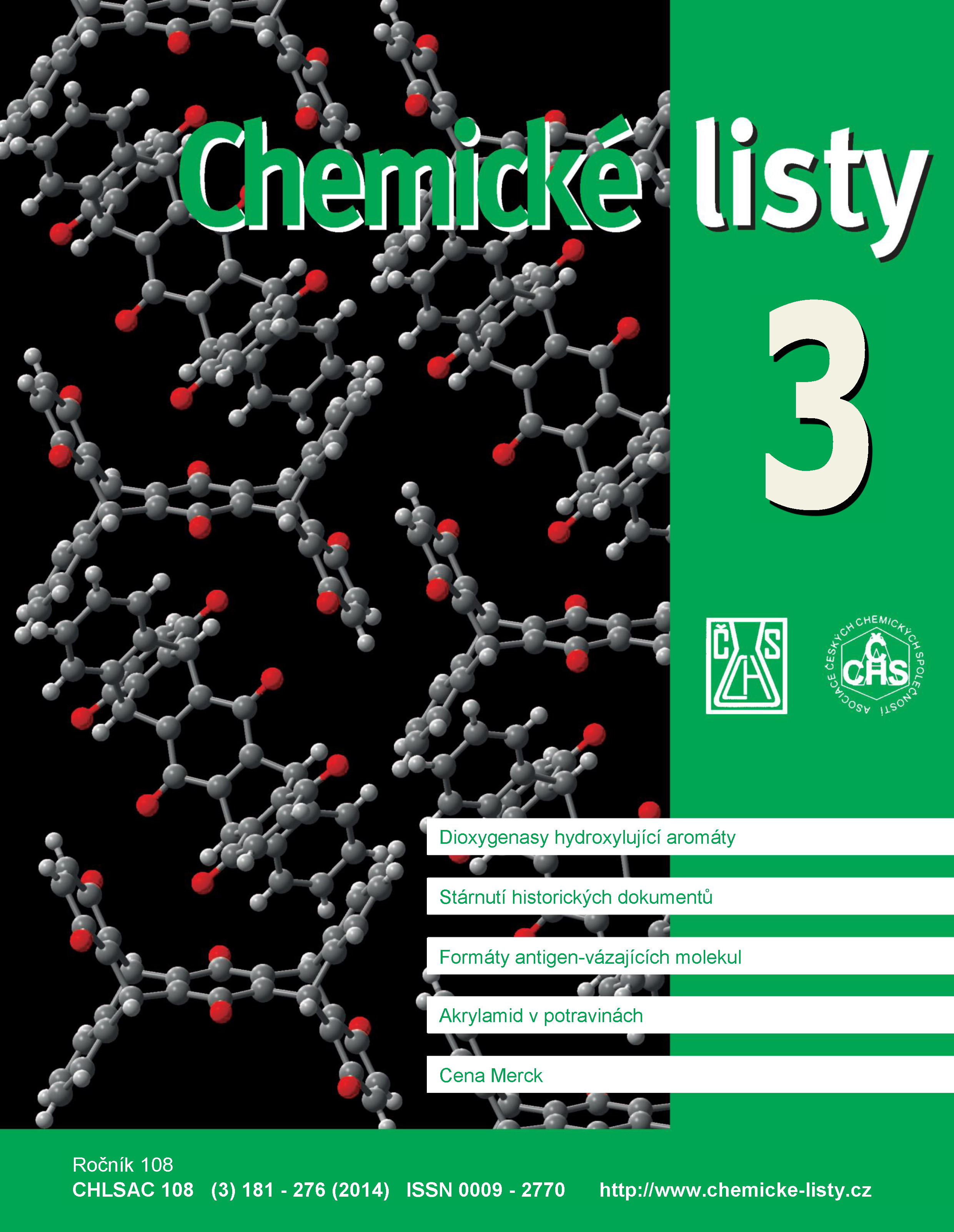Studium přímo lisovatelných tabletovin a tablet s dvěma typy Carbopol® polymeru
Klíčová slova:
karbomery, hydrofilní matricové tablety, energetický profil lisování, pevnost tablet v tahu, řízené uvolňováníAbstrakt
The article evaluates the compressibility and release rate of the active ingredient from hydrophilic-matrix tablets containing Carbopol®71G NF or Carbopol®971P NF polymer in concentrations of 5, 10, 15 and 20 mass %. The compressibility was evaluated by means of the energy profile of compression and tensile strengths of tablets. The total energy of compression decreased with increasing concentrations of both Carbopols, more markedly in the case of powdered Carbopol. Plasticity decreased with the compression force being slightly higher in tableting materials containing granulated Carbopol. Tensile strength of tablets increased with increasing concentration of powdered Carbopol, in the case of a granulated Carbopol the dependence was reversed. The release rate of the active ingredient decreased with increasing concentrations of Carbopols. The powdered Carbopol prolonged the release more than the granulated ones, even at the lowest concentration used.





